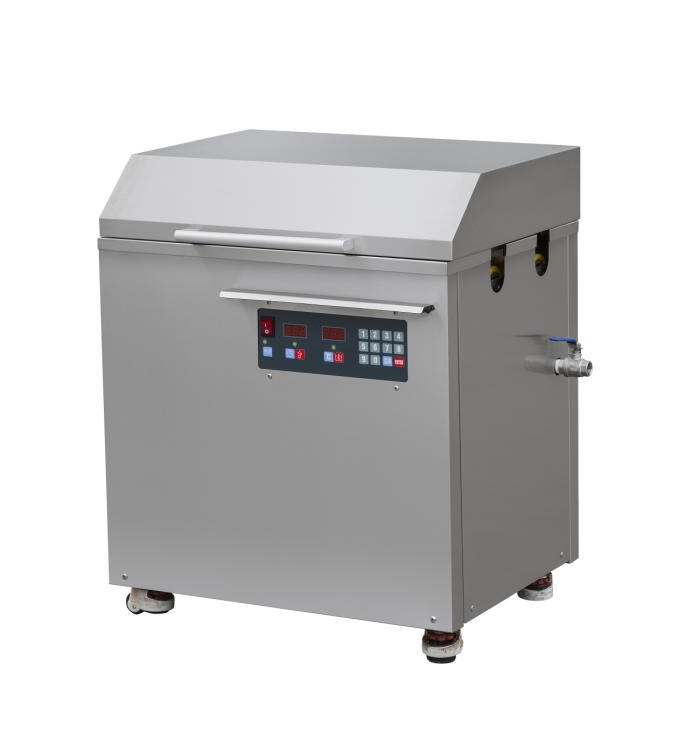Generally speaking, cleaning hardware, machinery, motorcycle, compressor and other industries use 28KHZ frequency cleaning machine. Optical optoelectronic cleaning, circuit board cleaning and so on use 40KHZ frequency, high-frequency ultrasonic cleaning machine is suitable for computers, microelectronic components of fine cleaning, MHZ ultrasonic cleaning for integrated circuit chips, silicon and wave film cleaning, can remove micron, submicron level dirt without any damage to the cleaning parts. For some precision cleaning applications (such as liquid crystals, semiconductors, etc.), the use of traditional frequency not only can not meet the requirements of cleaning, but also may cause damage to the workpiece. The most typical example is for military electronic products, the industry has explicitly stipulated that the use of traditional frequency (20~30KHz) ultrasonic cleaning machines is not allowed. In fact, in some developed countries such as Europe and the United States and Japan, this problem has been solved by using high-frequency cleaning machines (80KHz or above frequency, and some have reached 200K or 400K).
So why can high-frequency cleaning avoid damage to the workpiece? We all know that the basic principle of ultrasonic cleaning is based on the cavitation effect of the liquid. In fact, the intensity of the aeration effect is directly related to the frequency, the higher the frequency, the smaller the cavitation bubble, the weaker the cavitation intensity, and its weakening degree is very large. For example, if the cavitation strength at 25KHz is compared to 1,40 KHz, the cavitation strength is 1/8, and at 80KHz, the cavitation strength is reduced to 0.02. Therefore, if the frequency is selected correctly, the problem of ultrasonic damage to the workpiece does not exist.
It can be seen that the ultrasonic cavitation threshold is closely related to the ultrasonic frequency, and the higher the frequency, the higher the cavitation valve. In other words, the lower the frequency, the easier cavitation is to produce, and the compression and sparseness of the liquid under low frequency conditions have a longer time interval, so that the bubble can grow to a larger size before the collapse, increasing the altitude strength, which is conducive to the cleaning effect. Therefore, low-frequency ultrasonic cleaning is suitable for the surface of large parts or the combination of dirt and cleaning parts is high. However, it is easy to corrode the surface of the cleaning part, and it is not suitable for cleaning parts with high surface finish, and the cavitation noise is large. At the frequency of about 40 KHZ, under the same sound intensity, the number of cavitation bubbles produced is more than that at the frequency of 20KHZ, and the penetration force is strong. It is suitable to clean the workpiece with complex surface shape or blind holes, the cavitation noise is small, but the cavitation strength is low, and it is suitable for cleaning the occasions where the binding force of the surface of the dirt and the cleaned part is weak.

